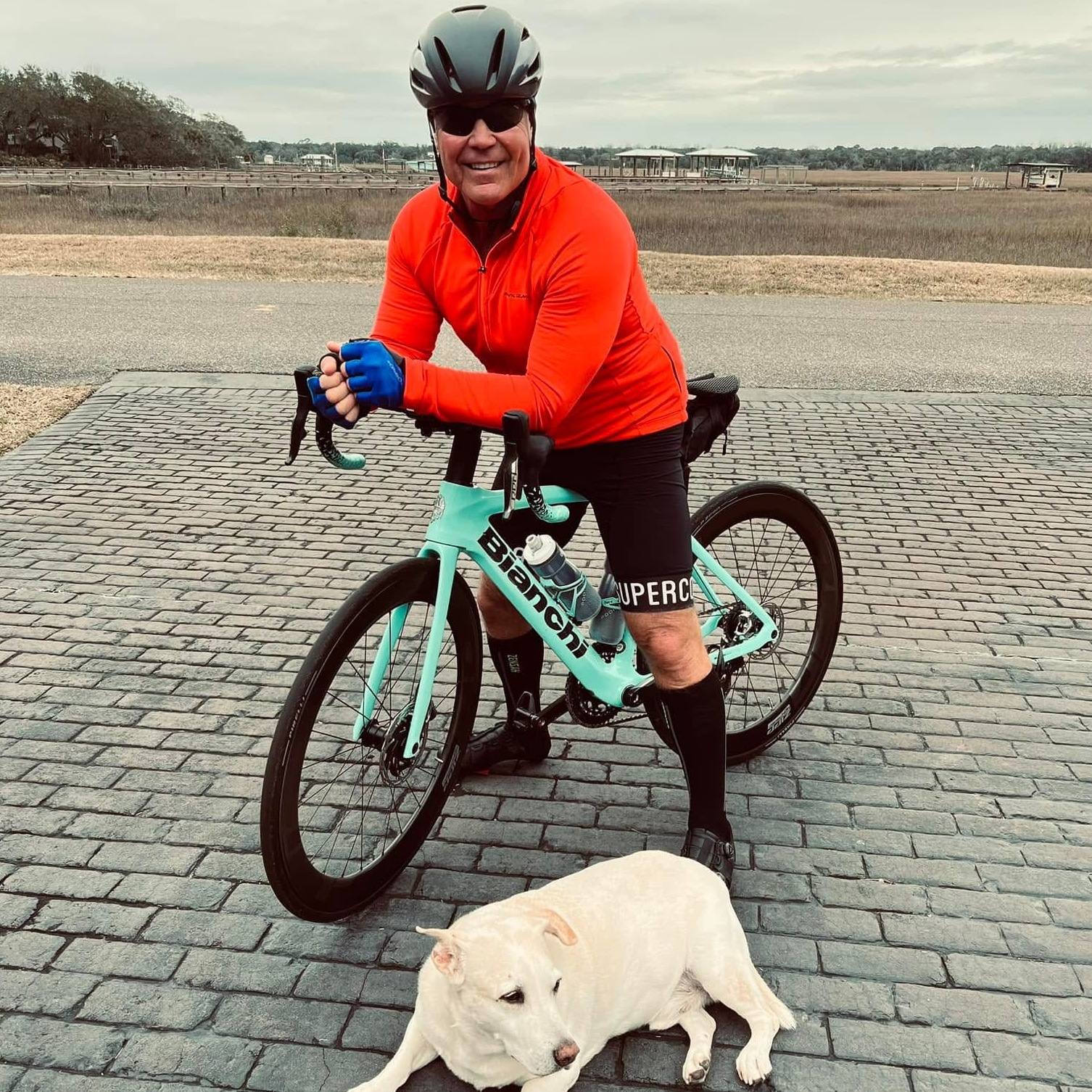
Countries, states and cities are encouraging people to stay home and practice social distancing by implementing various restrictions to help curb the spread of COVID-19. Some areas have implemented certain restrictions, such as stay-at-home orders. The rules vary in different areas, which is why Dr. Nipunie Rajapakse, an infectious diseases expert, says it's important that people are familiar with what the rules are where they live.
"Some of the general principles are to limit movements outside of your home to only those activities which are completely essential. These are things like seeking medical care, getting groceries that are essential, picking up medications from a pharmacy or reporting to work if you work in one of the essential health care sectors or other industries," says Dr. Rajapakse.
Watch: Dr. Nipunie Rajapakse discusses the do's and don'ts of social distancing.
Journalists: Broadcast-quality sound bites with Dr. Rajapakse are in the downloads at the end of the post. Please courtesy "Nipunie Rajapakse, M.D. / Pediatric Infectious Diseases / Mayo Clinic."
When going out in public, Dr. Rajapakse says it's especially important to practice social distancing, which is keeping a 6-foot radius between you and other people. She stresses the importance of everyone doing this, even those who do not feel sick.
"We really need everyone in the country to be doing this right now in order to protect our communities and our families. Even if you're not feeling sick, even if the people around you aren't feeling sick, it is still really important to adhere to this 6-foot radius. We know with this infection that people can transmit even before they become symptomatic themselves. Even though someone might be feeling well today, you don't know if tomorrow they might develop symptoms. And if that's the case, then you may have been exposed if you were within that 6-foot radius from them," Dr. Rajapakse says.
In this Q&A, Dr. Rajapakse answers questions about activities other than those that are essential:
Q. Can people visit with their friends or neighbors?
A. Social or physical distancing really should limit your contact with people who do not live in your household. Even neighbors or friends, we're discouraging meeting with those people face to face at all. When you come in contact with someone outside of your household, you're essentially coming in contact with every person that they have come in contact with, as well.
When it comes to some of our most vulnerable populations ― the elderly, grandparents, parents, people who have underlying medical conditions ― really you are doing the best thing to protect them if you are not visiting with them face to face. There's other great ways to keep in touch with them using digital forms and media, and those would be really encouraged now to help protect them and keep them safe.
There are other ways that you can maintain social connections, which are extremely important during this time when everyone is very worried and anxious. And using digital means to communicate and stay in touch with friends, neighbors, relatives is really important and encouraged. Even small dinner parties or play dates are discouraged right now.
Q. Can people spend time outside?
A. It is OK to go outside and in fact encouraged to get some exercise, get some fresh air, get some sunlight, and going outside, spending time outside in areas where there are not crowds of people ― for example, going for a walk around your block where you can maintain 6 feet of distance if you were to come across someone else is OK and is encouraged.
Q. What about going to parks and playgrounds?
A. We would recommend avoiding visiting places like playgrounds or play structures just because those are not cleaned and there's still the risk of exposure in those types of settings. But going for a bike ride, going outside for a hike, going for a walk around the block, definitely OK and encouraged in these times where a bit of fresh air and getting out of the house might be helpful.
Q. What about visiting restaurants or grocery stores?
A. In areas where restaurants remain open, people should not be dining in. This puts both yourself and the people that work there at risk for exposure. However, it is important to continue to do what we can to support our local businesses. Ordering food for carry-out or delivery is considered low-risk. Many food delivery companies have shifted to no-contact deliveries, which is also a great way to reduce risk. Buying gift cards online to your favorite local restaurant or business that can be used once these restrictions have been loosened can also be a good way to continue to support local businesses during this challenging time. Similarly, using a grocery delivery service if one is available in your area can reduce the risk of exposure to infection for both yourself and people who work in the grocery store.
_________________________________________________
For the latest updates on the COVID-19 pandemic, check the Centers for Disease Control and Prevention (CDC) website. For more information and COVID-19 coverage, go to the Mayo Clinic News Network and mayoclinic.org.







